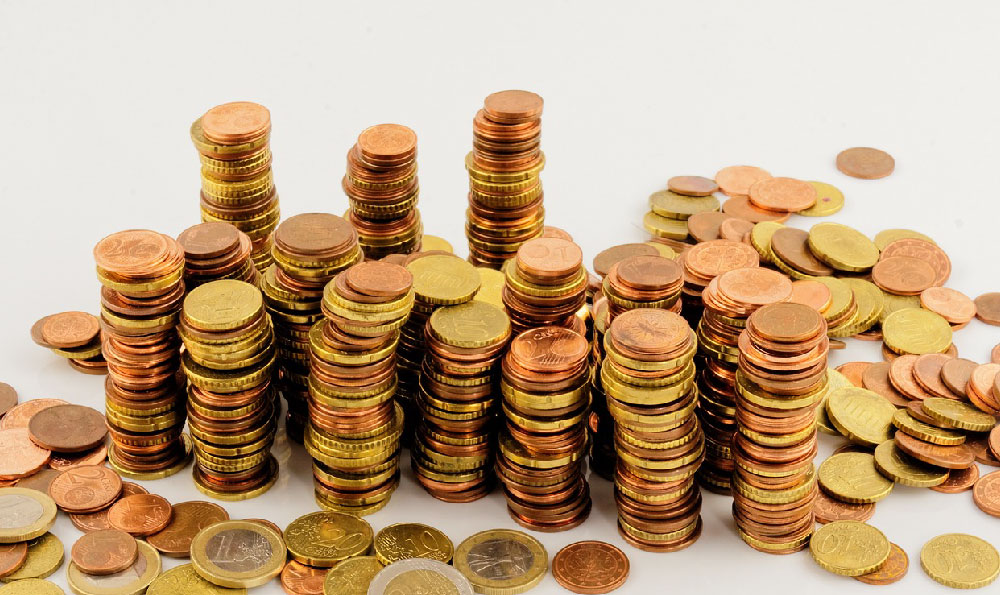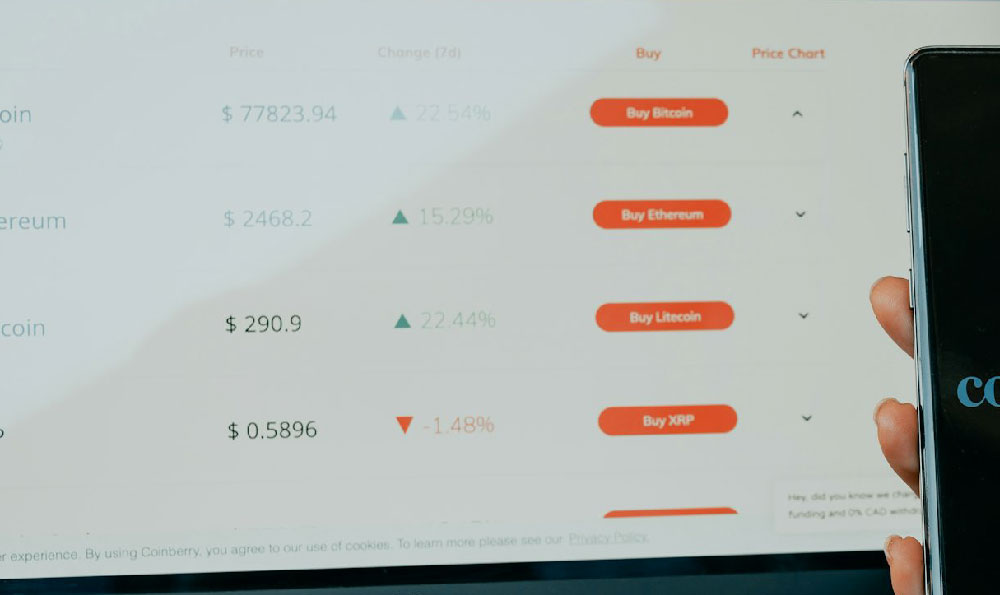
Alright, let's delve into the intriguing question of profiting from the "money necklace" trend. While the idea of crafting and selling jewelry containing actual currency might seem novel and potentially lucrative at first glance, it's crucial to approach this venture with a critical eye, weighing the potential gains against the inherent risks and limitations. As with any investment or business endeavor, a thorough understanding of the market, a well-defined strategy, and a keen awareness of legal and ethical considerations are paramount.
Firstly, let's dissect the potential appeal of money necklaces. The allure likely stems from a combination of factors: the inherent value of the currency itself, the symbolic representation of wealth and prosperity, and the artistic expression involved in crafting a unique piece of jewelry. Money necklaces can be viewed as wearable art, conversation starters, or even personalized lucky charms. They tap into a desire for both aesthetic beauty and tangible value. This inherent appeal provides a foundation for potential demand.
However, translating this potential demand into actual profit requires careful consideration of several key aspects. Market research is crucial. Is there a genuine and sustainable market for money necklaces? Who are your target customers? What are their preferences in terms of design, materials, and price point? Are you targeting a high-end clientele seeking exclusive, handcrafted pieces using rare or valuable coins, or are you aiming for a broader audience with more affordable options using common currency?

Understanding your competition is equally vital. Are there already established businesses or artisans specializing in money jewelry? What are their strengths and weaknesses? How can you differentiate yourself from the competition? This could involve focusing on unique designs, using ethically sourced materials, offering personalized customization options, or targeting a specific niche market, such as collectors or history enthusiasts.
The cost of materials is another significant factor to consider. While the face value of the currency used in the necklace is a starting point, the actual value depends on factors such as rarity, condition, and numismatic value. Sourcing rare or vintage coins can significantly increase the cost of materials, but it can also justify a higher price point for the finished product. In addition to the currency itself, you'll need to factor in the cost of other materials, such as chains, clasps, beads, wires, and any other embellishments used in the design. Sourcing these materials at competitive prices is essential for maximizing your profit margin.
The time and skill involved in crafting each necklace are also crucial considerations. Are you creating simple, mass-produced designs, or are you focusing on intricate, handcrafted pieces that require specialized skills and a significant time investment? The amount of time you spend on each necklace will directly impact your production capacity and your ability to scale your business. If you're outsourcing the crafting process, you'll need to factor in the labor costs and ensure that the quality meets your standards.
Beyond the tangible costs, there are also legal and ethical considerations to be aware of. Defacing or altering currency is illegal in some jurisdictions. While creating jewelry from currency might be considered artistic expression, it's important to research and understand the specific laws in your area. Furthermore, ethical considerations arise regarding the use of currency that might have historical or cultural significance. Using rare or valuable coins in jewelry could be seen as disrespectful or even destructive by some.
Marketing and sales are also critical components of any successful business. How will you reach your target customers? Will you sell your necklaces online through platforms like Etsy or Shopify, or will you focus on local craft fairs and markets? Developing a strong brand identity and crafting a compelling marketing message are essential for attracting customers and building a loyal following.
Pricing your money necklaces appropriately is crucial for maximizing your profit margin while remaining competitive in the market. You'll need to consider the cost of materials, the labor involved, your marketing expenses, and the perceived value of your product. Researching the pricing of similar items on the market can provide a helpful benchmark.
Finally, risk management is paramount. As with any business venture, there's no guarantee of success. The money necklace trend might be fleeting, and demand could wane over time. It's important to have a contingency plan in place in case your business doesn't perform as expected. This could involve diversifying your product offerings, focusing on a different market, or even scaling back your operations.
In conclusion, profiting from the money necklace trend is possible, but it requires careful planning, thorough market research, a well-defined strategy, and a keen awareness of legal and ethical considerations. While the idea might seem appealing on the surface, it's crucial to approach this venture with a critical eye and a realistic assessment of the potential risks and rewards. Treating this endeavor as any other investment, with appropriate due diligence, is key to potentially realizing a profit. It's not simply about stringing money together; it's about crafting a sustainable and ethical business around a unique product.





